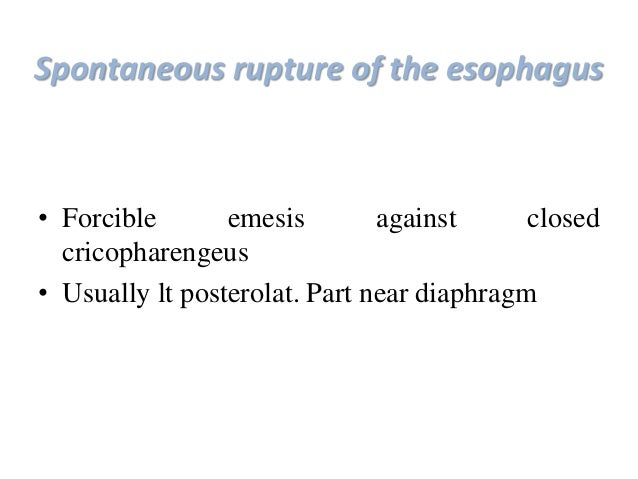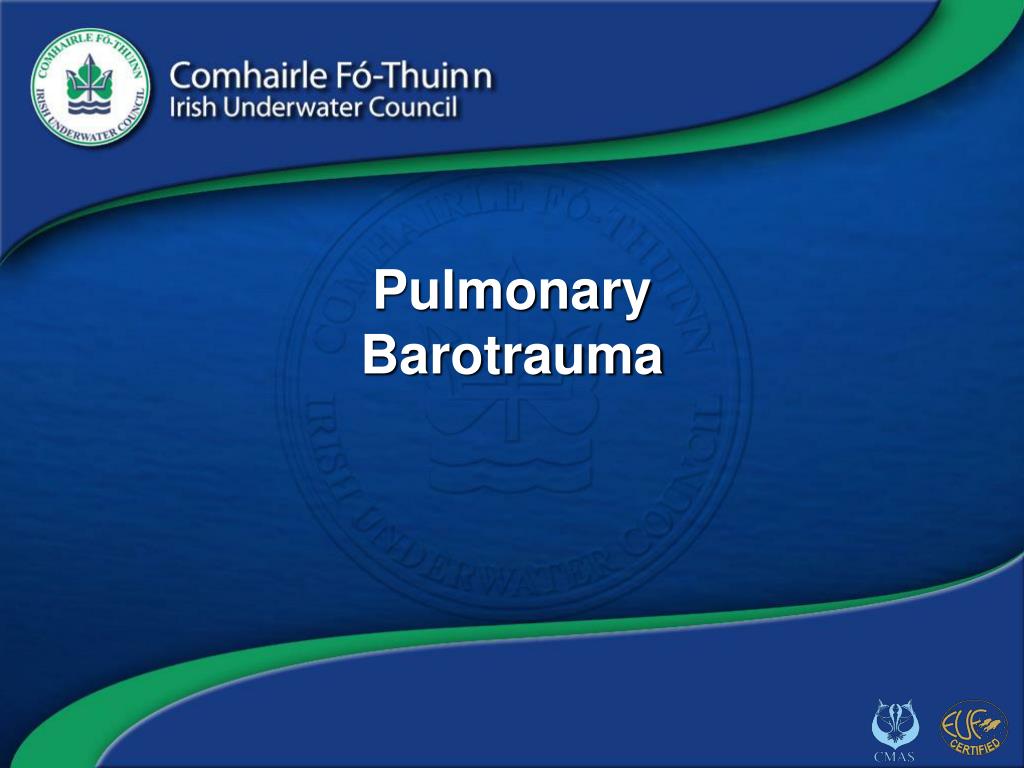

These symptoms did not worsen, however, he was sent to our emergency department on suspicion of lung barotrauma. After a few minutes, he developed retrosternal pain during deep inspiration and his tolerance of being in a horizontal position was reduced. After finishing, he was eupneic, with normal hemodynamic parameters and a normal chest examination. He also clearly stated that he did not hold his breath during the decompression. In other words, he did not understand our concern in regards to lung trauma and did not seem anxious or worried. He described the coughing sounds as a verbalization of his pain and remembers us talking to him. He said the main problem was sinus pain, that he did not feel any chest pain or have trouble with breathing. Once on the ground, the pilot did not report any major symptoms at first. This issue was resolved in the next few days and is not connected to the purpose of this report. This emergency descent was likely the reason for the mild iatrogenic barotrauma of the middle ear. During the descent, the pilot started to respond normally. After 7–8 s, an emergency descent was ordered to access the pilot. He did not respond to questions about what had happened or what the problem was. Then, he produced a few grunts or cough-like sounds. The pilot signaled to stop by waving his arm, than he crouched down in the seat, holding his head. Problems arose the moment after the explosive decompression – the pressure inside the chamber was already stable.

A clinical examination before the incident showed normal findings and the beginning of the practical training was normal. He is a non-smoker and denies drug abuse. He reported no health problems before the training, nor in his medical history. The pilot had some individual flight experience, with a flight time of 120 h in the last 2 years on a L-39 Albatros, aircraft type designation. The subject was a 26-year-old male Air Force pilot and a foreign state officer. Our current incidence rate is 0.2% in 10 years. The occurrence of the first pulmonary barotrauma is mentioned in this case report. In both profiles, the duration of the pressure change was under 2 seconds. and in combination with positive pressure breathing. Three hundred ninety one of the explosive decompressions were performed from an altitude of 8000 ft. Over the past 10 years, we have performed a total of 566 explosive decompressions in our hypobaric chamber, with subjects from eight different countries. In Table 1, a list of documented lung barotraumas during altitude chamber training is shown. Notably, pneumothorax did not occur in either case. A retrospective study of the Italian Air Force reported incidence of ear pain in 1.5% of the 1241 participants. The most common problem was typically ear pain The Japan Air Self-Defense Force gathered 17,935 exposures from 740 patients, in which 4.1% reported experiencing ear pain. Some of these studies describe problems encountered during training expositions but none of them include barotrauma of the lungs.

This means countless of exposures, with no – or unpublished – complications.

This training is done periodically throughout the world and it is required for all fast jet pilots. Military personnel usually train for this situation according to various aviation medicine training schedules, such as the NATO standard procedure – STANAG 3114. Very quick decompression, also known as explosive decompression, is a flight risk connected to pressurized aircraft cabins. An increased risk of flight-related pneumothorax is also found in humans who are predisposed to conditions such as Birt-Hogg-Dubé syndrome, alpha-1-antitrypsin deficiency and congenital pulmonary airway malformation/congenital cystic adenomatoid malformation. A few cases were reported, but they were classified as idiopathic and thus could not be automatically considered as barotraumas. There are some reports describing a development of pneumothorax in aviation. This causes an increase intrathoracic pressure which at some point will cause structural damage – pneumothorax. Lung barotrauma occurs during a decrease in pressure, when the expanding gas from the lungs cannot be ventilated sufficiently. During pressure changes within the atmosphere, typical barotraumas occur in the middle ear cavity, sinuses, and sparingly in the gastrointestinal tract, but lung barotraumas are very rare, as will be discussed. They may be common while diving or in aviation. Barotraumas are dependent on several factors such as the magnitude of the pressure change, the rate of change, and others. Humans exposed to pressure changes may suffer from barotraumas – tissue damage in gas-filled cavities inside the body.


 0 kommentar(er)
0 kommentar(er)
